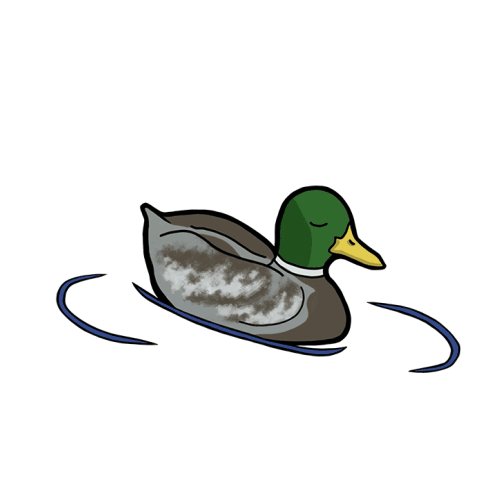Playing with Fire: Testing Tips for Identifying Masks on Willamette Service Center's KN95s
- Collegian staff
- Feb 16, 2022
- 4 min read
Updated: Feb 18, 2022
Amaya Latuszek
Staff Writer
Disclaimer: None of the information in this article should be taken as medical advice; it is solely meant to be informative. This article is not an endorsement of any product and is not making claims regarding the Service Center’s face masks. It is intended, however, to help any students who are interested in doing their own research into the masks they may purchase or use.

At the beginning of spring semester, Willamette announced that students could access free KN95 masks at the Service Center. Recently, the Students Organizing for Access to Resources (SOAR) Center announced they also have N95 masks available. With growing on-campus access to masks, students began to wonder if the masks from the Service Center were authentic KN95s, based on the masks lacking certain markings which would help determine authenticity and because the seams, straps, and textures all differed from confirmed authentic KN95 masks.
The masks available at the Service Center are HUHETA KN95s, an Amazon brand [found here]. A People magazine article stated, “The [Huheta KN95 Face Masks] are one of the mask models approved by the [Food and Drug Administration] for emergency usage. (You can find them under the manufacturer Dongguan Sengtor Plastics Products Co. in the non-NIOSH approved respirators category),” and the Amazon page claims the masks are “included on FDA EUA list.” EUA stands for Emergency Use Authorization, which means HUHETA KN95 masks were temporarily allowed to be worn in healthcare settings even though they did not meet certain standards. This does not mean that the masks are FDA approved, as the FDA does not approve face masks. In order for a face mask to be qualified as a legitimate respirator, it has to be approved by The National Institute for Occupational Safety and Health (NIOSH). Under this EUA, certain non-NIOSH approved masks and decontaminated disposable respirators were able to be worn in healthcare settings due to the low availability of approved respirators. On June 30, 2021 the FDA revoked the EUA for both non-NIOSH approved and decontaminated disposable respirators as NIOSH-approved masks became more widely available.
There is a lot of speculation surrounding the legitimacy of respirators such as KN95s, N95s, and surgical masks found online. As the world enters the third year of the COVID-19 pandemic, the need for legitimate respirators has grown exponentially as scientists findout more about the best ways to gain protection against the coronavirus and its highly contagious variants. Due to massive spikes in cases surrounding the Omicron variant, Willamette updated its vaccination policy on Dec. 30, 2021 to include a booster shot and urged students and staff to wear high-quality respirators in place of cloth masks. However, gaining access to these respirators has proved to be difficult, especially with so many counterfeit masks on the market.
There are numerous ways to tell if a mask is legitimate and effective. One way to tell a KN95’s legitimacy is to look for a ‘GB2626-2019’ marking. This marking means the mask was created up to Chinese respirator standards. If a mask has ‘GB2626-2006’ on it, it was made to a previous set of standards; the end number ‘2019’ is the most up to date. If a student grabs a KN95 mask from the Service Center, they will find that the mask does not have ‘GB2626-2019’ printed on it; however, it is printed on the box the masks come in. It is unknown if this marking is legitimate or not.
Three other at-home tests that can be performed to test the efficacy of masks are water, fire and layer tests. A mask will end up ruined by the end of these tests, so be sure to have a pack of them available to wear after the tester mask has been used. According to an article by [Healthcare Unlocked], an effective face mask will not let water seep through the seams or the siding as there should be a waterproof layer within the mask able to block water particles from entering or exiting the mask. Pour water into the mask and see if there is any leakage. This test was performed on the HUHETA KN95 masks, and water did start to leak through the seams almost immediately. The fire test will show if the mask is made with quality materials. There should be a layer of melt-blown polypropylene in the mask which helps filtration. When lit on fire, it should melt rather than catch on fire. The HUHETA masks claim to have this layer in the masks and when lit on fire, the mask did melt instead of catching on fire. The last test that can be done is cutting the mask open and counting the layers inside. Some of these layers are very thin, so be sure to pull apart the mask carefully to ensure that all the layers are accounted for. The HUHETA masks do indeed have five layers in it like Amazon claims they do. These tests do not fully confirm or deny the legitimacy of the HUHETA KN95 masks as only a government certifying agency has the equipment to verify the effectiveness of a mask or respirator.
Mask from the Service Center lit on fire to test the melt-blown polypropylene layer. The mask is melting rather than igniting. Video taken by Amaya Latuszek
Water poured into the mask to test the waterproof layer. The water is seeping out of the mask through the front seams. Video taken by Amaya Latuszek
The Centers for Disease Control and Prevention’s (CDC) [website], as well as this [New York Times article], both contain lists of things to look for when attempting to identify fake respirators.




Comments